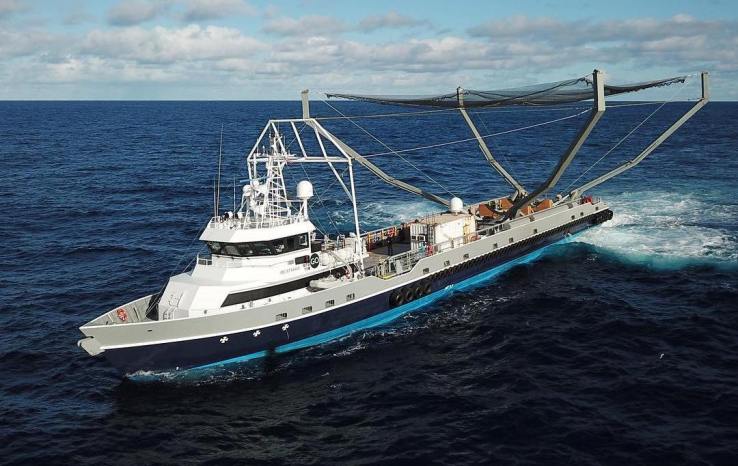
SpaceX nearly succeeded in catching the fairing used in its PAZ Falcon 9 mission on Thursday, using a barge called ‘Mr. Steven’ that uses four giant arms with a net strung between them to secure the used nosecone once it floats back from space. The fairing missed the boat by just a few hundred meters, but did land intact in the water, at least.
SpaceX CEO Elon Musk noted that the attempt was underway shortly after launch, and the fairing’s parafoil, which helps it decelerate and return to Earth at a speed that makes it possible for the barge to catch it without damage, deployed as planned.
Prior approaches to recovering the fairing used on SpaceX missions have had mixed success, and one key element was that previously the protective covering, which houses the rocket’s payload and separates once the rocket clears the atmosphere, basically just landed in the ocean (as it ended up doing today) and SpaceX would attempt to pull it out. Catching it on board the barge takes that risky element of the process out of the mix.
Why even bother? Cost. The fairing is a $6 million part, which is around a tenth of SpaceX’s total rocket launch cost with an expendable configuration. If it can reduce or eliminate that by reusing fairings as often as possible, that’s a big savings and a key ingredient towards SpaceX’s broader goals of efficient, reusable rockets.


